Maybe you've heard about this because, in the world of tattooing, Japanese culture has been very valuable.
This is the case of the Yakuza movement, a mafia that was born in Japan and that has a very distinctive sign: the use of tattoos.
This style of tattoo is rare, they were made for specific purposes and as a sense of belonging to a select group. Intrigued? Keep reading to learn more.
Yakuza Origins
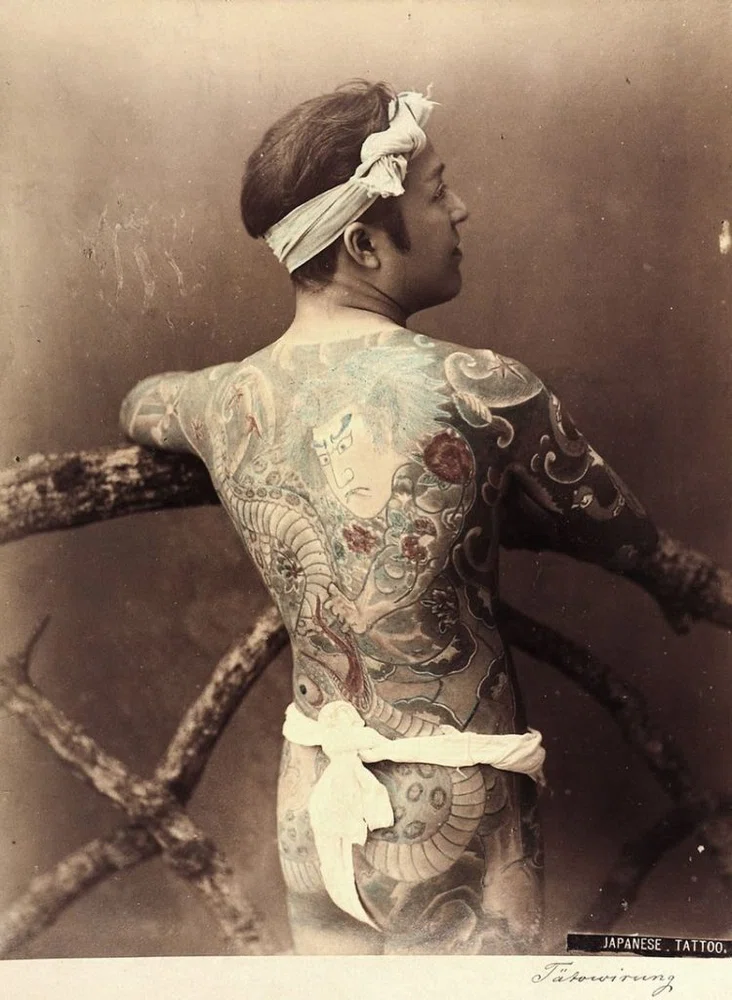
According to historical data, the origin of the Yakuza dates back to the 17th century. It is a large network of organized crime, the most relevant Japanese mafia on the streets and the most influential in the upper echelons of power.
This movement persists to date, but of course with different characteristics.
It is noteworthy to say that not everyone could access it, but rather that it was made up of select groups of families. As far as can be counted, there are around 2,500 families, together with more than 100,000 assets worldwide.
The origin of the name Yakuza cannot be determined exactly, but it is said that it comes from a card game and from bakuto, which in Japanese meant gamblers. These were frowned upon since games were illegal and their players were clandestine.
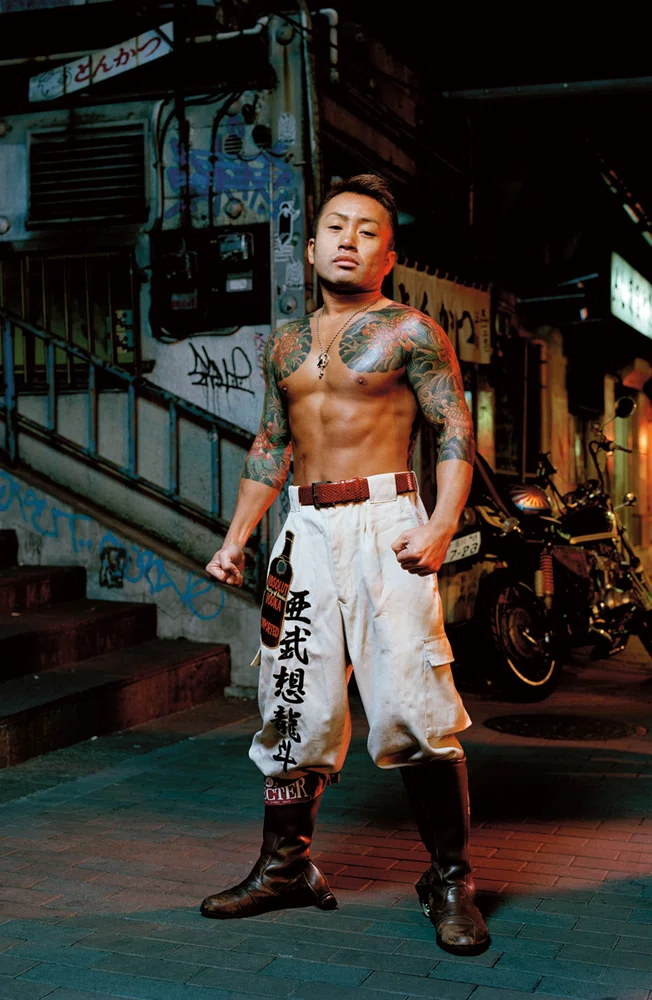
The Yakuza was the most feared mafia in Japan and took up the ethical values of the samurai. At the end of the war period, the government was unified and many samurai, who by then made up the militia, were fired.
Therefore, many of these began to work on their own until they formed illegal gangs and businesses, which would soon become powerful. So much so that by the 19th century they had almost total control of gambling, smuggling, money laundering, etc.
These are more structured than the samurai and consider the entire clan as a great family where fidelity to the members, absolute loyalty, ultranationalist ideas, strict obedience, and the use of violence and horror, are the main elements.
In case of disobedience or betrayal, especially in the novices, they usually amputate the little finger of the left hand as a form of punishment.
Tattoos in the Yakuza
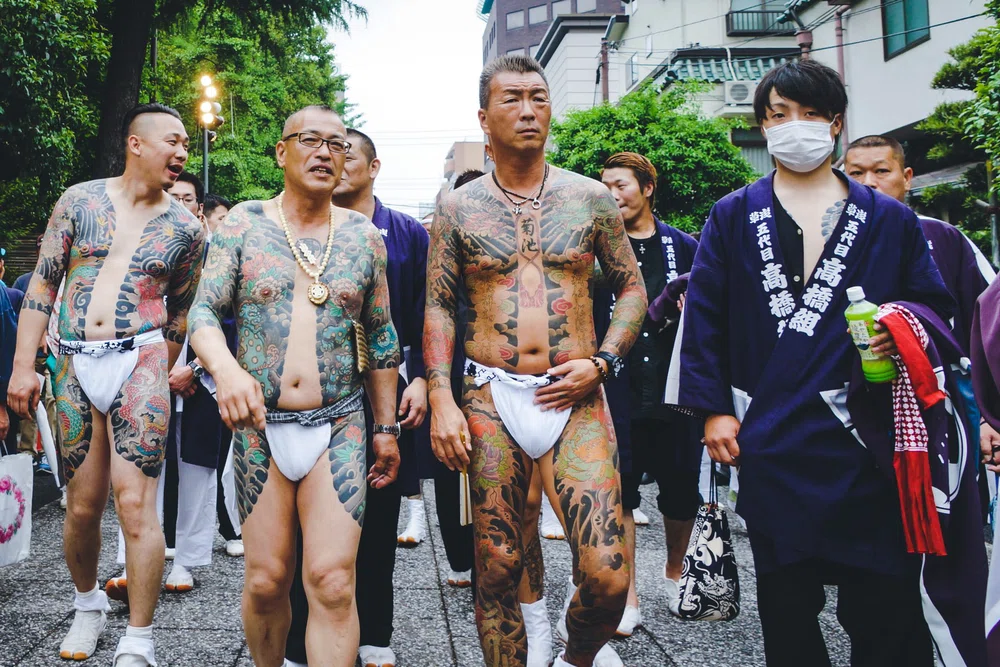
Tattoos are especially important in this culture since they determine the ranks of its members as well as the clan to which they belong, which determines the rules they follow and the power relations they manage.
These tattoos cover the entire body or almost the entire body and frequently start with a small tattoo to which a larger design is added.
And this makes tattoos the most significant, physical feature of the Yakuza.
The way of thinking about tattoos in the West is entirely different from how they are considered in the East. While in the West today they are regarded as something only decorative, in the East they have a much more symbolic meaning.
In the East, or at least in Japan, they have always been frowned upon by society for being associated with corruption and the Yakuza mafias. That is why designs that can be hidden by clothing are usually captured and prevented them from being visible on hands, feet, or necks.
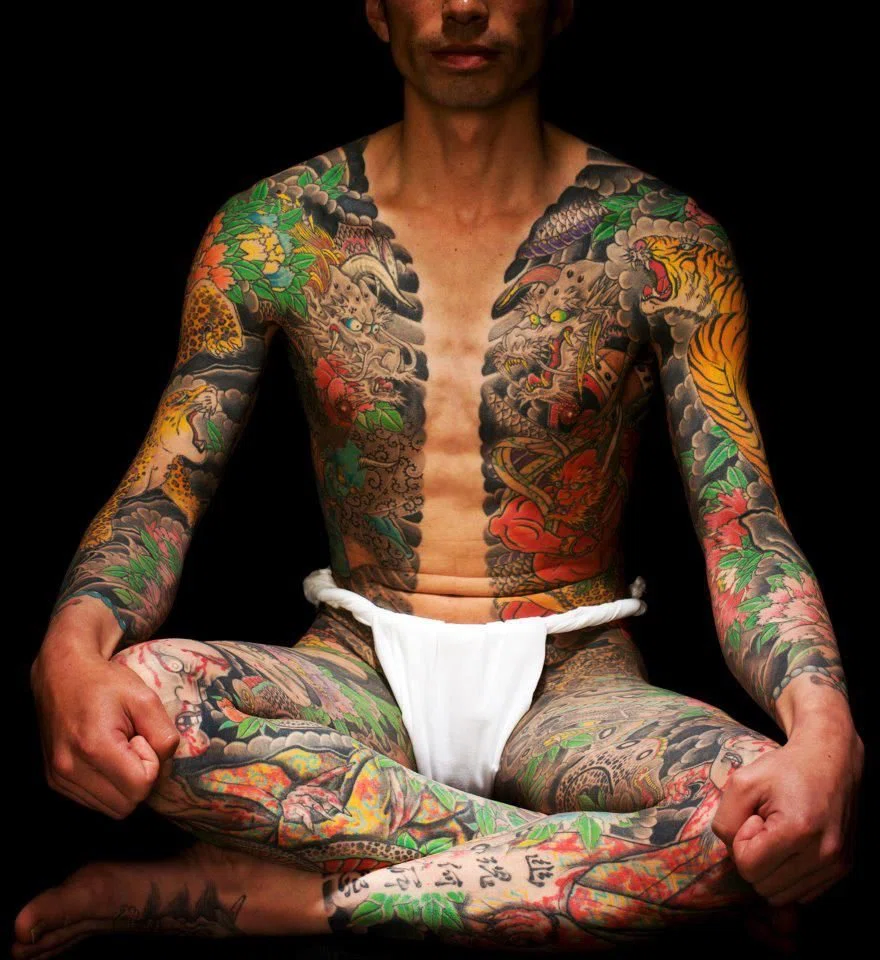
In addition to many other features, something that characterizes them is leaving a strip of tattoos uncovered on their chest. Regarding this, there are different interpretations, there are those who say that it is precisely to unbutton the shirt and that it is not noticed that the person is tattooed.
On the contrary, another reading says that it is actually a way to give the skin a break from all the tattoos, leaving the area of the lungs and the heart free of ink…
Japan's tattoo ban
As tattoos are so related to the Yakuza mafia, in Japan, they are prohibited from being displayed in some public places, such as onsen, which are spas, or in gyms and other similar places.
In some onsen, they allow tattooed people as long as they can cover them, and that is why they normally offer patches that stick to the skin to hide them.
2022 and this is still happening, striking, right?
This prohibition arises as a result of the Yakuza mafia and also as social rejection. In the past, it was called the penalty of tattooing, which consisted of tattooing convicts in a highly visible area.
Another reason is because of hygiene, that is, it has been established for a long time that tattooed people are more likely to contract and spread diseases through contact with water. True or not, it is something that has already been established in some groups of Japanese culture.
The Tebori
In general, the extension and complexity of the designs is not something aesthetic, but rather a way of demonstrating pain tolerance. It is for this, and other reasons, that these types of tattoos are performed unconventionally.
Instead of being done with machines, they are done using the Tebori technique. This consists of a kind of Hand-poke, but where the entire tattoo is outlined and coloured with this technique, regardless of the great designs.
It is a completely manual technique where a tool called nomi is a bamboo stick with needles attached to one of its ends, and the other end has a handle.
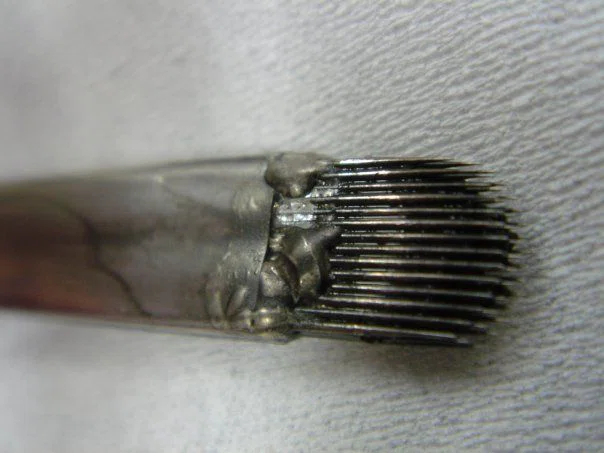
They say that tattoos with this technique heal faster than those made with traditional machines because they cause less damage to the skin. In addition, in health matters, if all the necessary care is followed, Tebori is just as safe as tattooing with machines.
And, as you can imagine, the process is much slower, which is why many tattoo artists today combine their ways of working and add machines to speed up the completion of the tattoo.
Formerly, a person who was tattooed in this way could even take several months to finish being tattooed completely. And, so far, some still maintain the old tradition, to vindicate their culture.
What do tattoo artists say about this style?
The relationship that tattoo artists have with the Yakuza is very personal. This is not because they necessarily have to participate in this mafia, but because they understand the background of that movement and the values and beliefs are also part of them.
Tattoo artists must know their clients and are usually recommended within the same community. In addition, tattoo artists often spend many hours and very extensive sessions making these tattoos. The Tebori technique is not for everyone.
For example, the case of Horiyoshi III, who today is highly respected by this culture, and it explains why a tattoo should not be visible:
“The tattoo culture in Japan is still taboo, but Therein lies the beauty of this culture. Fireflies can only be seen at night. Their beauty is only visible then. It is not visible in daylight.
When something becomes fashionable, it ceases to be fascinating. In Western culture, it may just be a fad or trend, but in Japan, we appreciate tattoos that cannot be seen, and so we think they are beautiful because they are hidden. Japanese culture is about staying in the shadows".

Source Vice
And he adds,
“I never tattoo the neck or the hands. I believe that beauty is in what you cannot see. Beautiful is something rather subjective. It may have to do with the depth of your personal and cultural history. The Japanese aesthetic is unique compared to that of the West”.
Conclusion
The Yakuza was and is essential in Japanese culture. For better or for worse, they have marked a movement that strongly altered the vision of tattoos in society, since they were associated with crime.
Perhaps that is why in the West, until not long ago, they have also been considered in this way. Tattoos are ancient, and symbolically accompanied the history of different cultures over time.
It is striking how many things can be reflected through tattoos and how much they can say about each culture.
What do you think? Have you heard of the Yakuza before? Have you seen these tattoos? Drop us a comment!